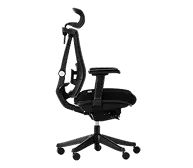- Newest
- Most viewed
Interested in a Link Placement?

Average Screen Time For Adults Per Day In 2025
The average screen time for adults in 2025 is higher than ever. Discover trends, expert advice, and tools to reduce usage.
Productivity | Sep 15, 2025 619 views

Modular Garden Rooms Guide 2025: Cost & Options
Smart Products | Sep 14, 2025 963 views
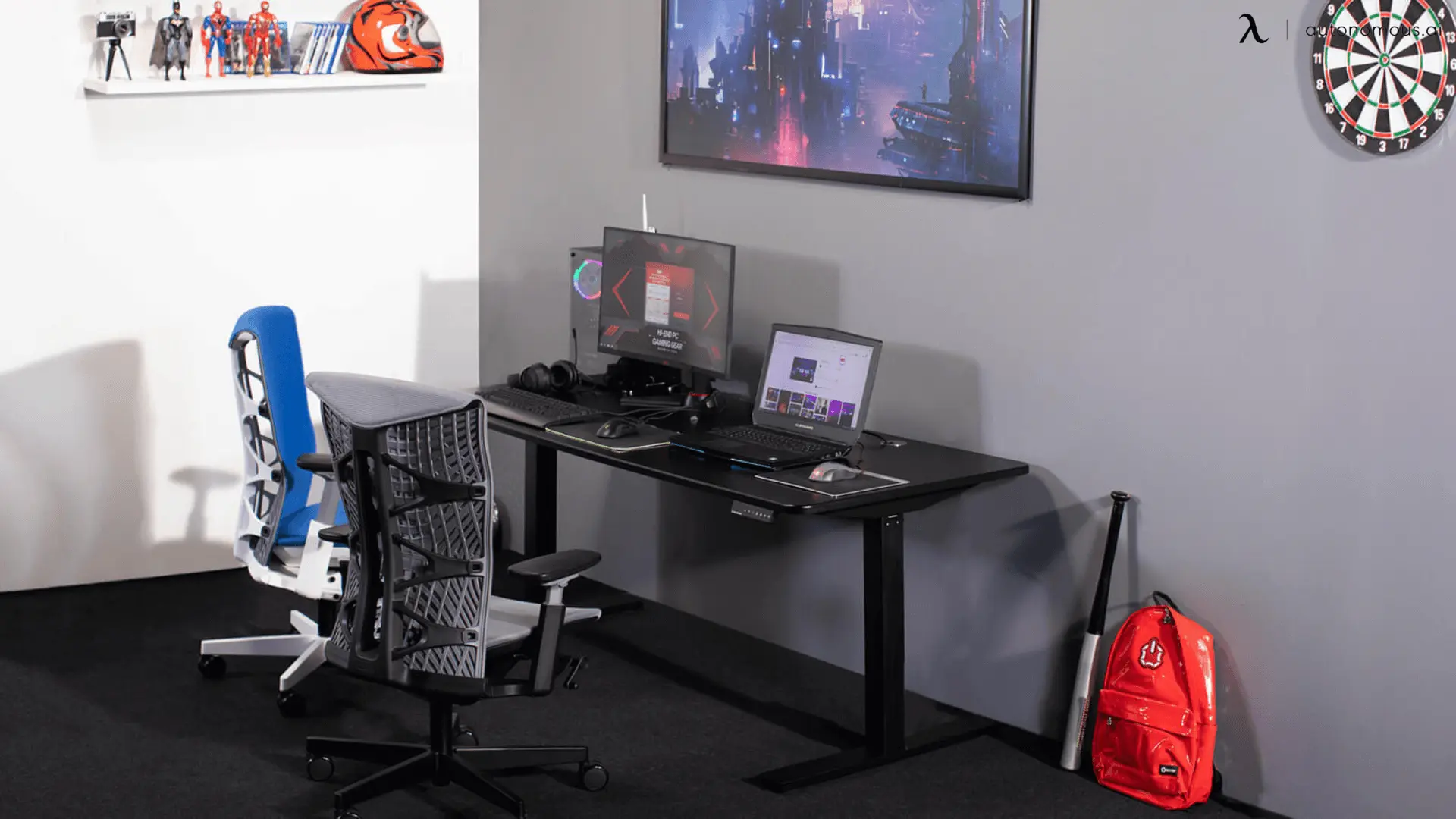
MSI Katana 15 Gaming Laptop Review: Is It Worth It?
Gaming Setup | Sep 11, 2025 366 views
.webp)
Modular Shed Kit: Ultimate Guide for Offices & Home Use
Smart Products | Sep 10, 2025 564 views
.webp)
7 Easy World Records to Break from Your Home Office
Remote Working | Sep 9, 2025 844 views
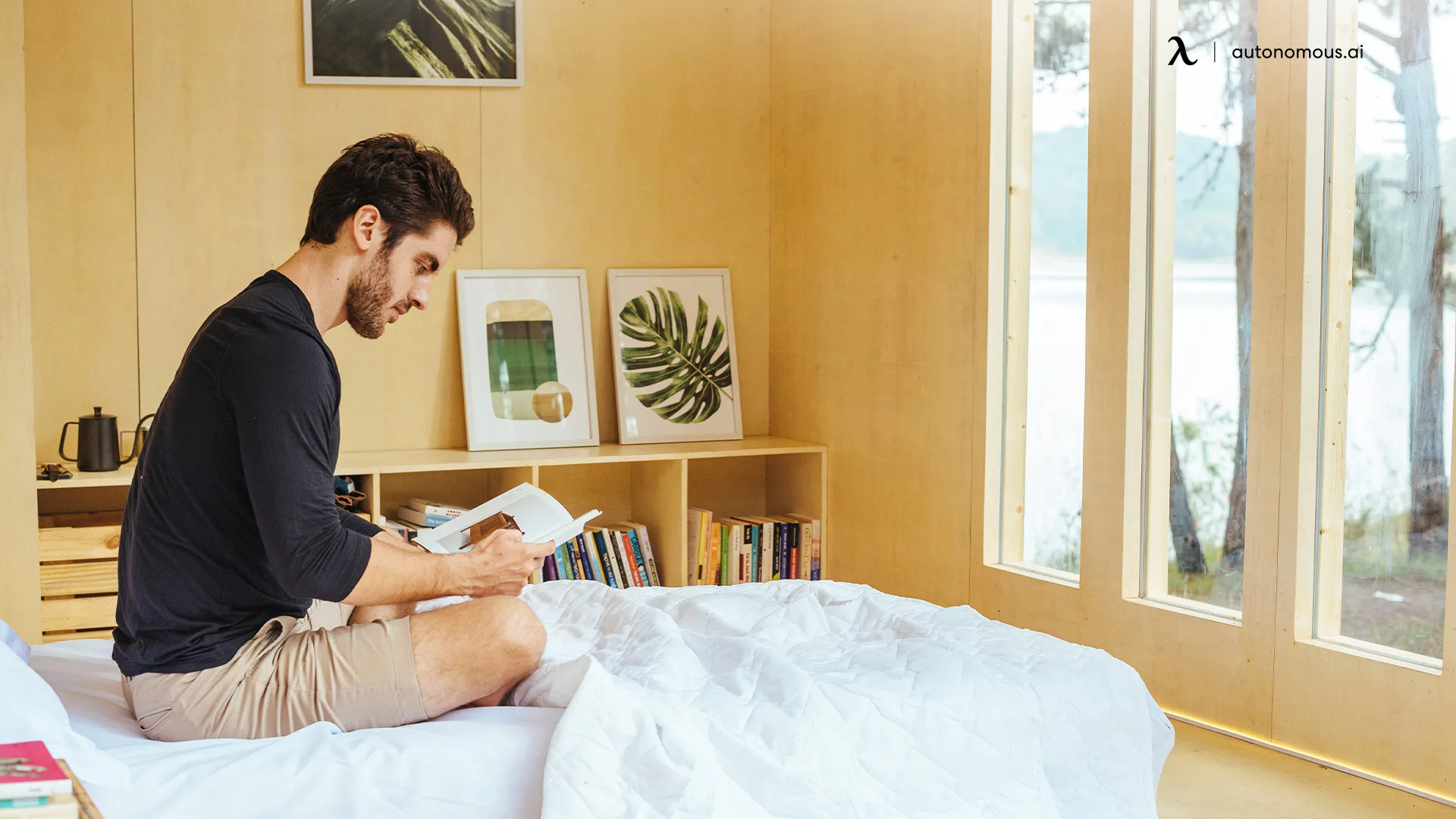
Mygrow App Review 2025: Enhance EQ In 10 Minutes Daily
Latest Updates | Sep 12, 2025 792 views
.webp)
MyFitCoach App Review 2025: Pricing, Pros & Cons
Latest Updates | Sep 10, 2025 1,060 views

DecAI App Review: Where AI Design Falls Flat
Latest Updates | Sep 8, 2025 362 views
.webp)
Best Productivity Apps 2025: Top Tools For Every Need
Latest Updates | Sep 7, 2025 577 views
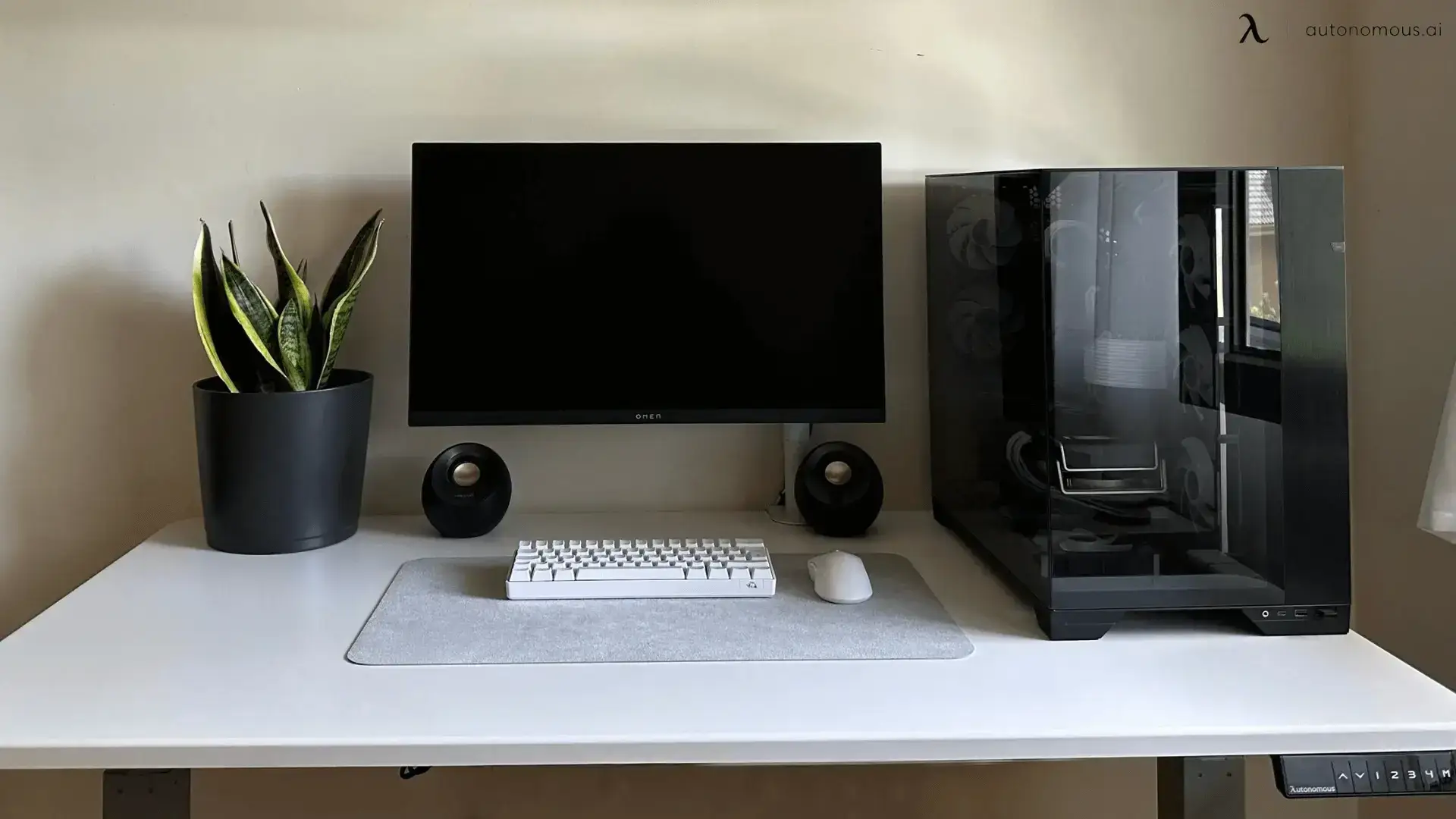
7 Best Gaming CPUs 2025: From Under $500 to High-End Beasts
Gaming Setup | Sep 5, 2025 1,178 views
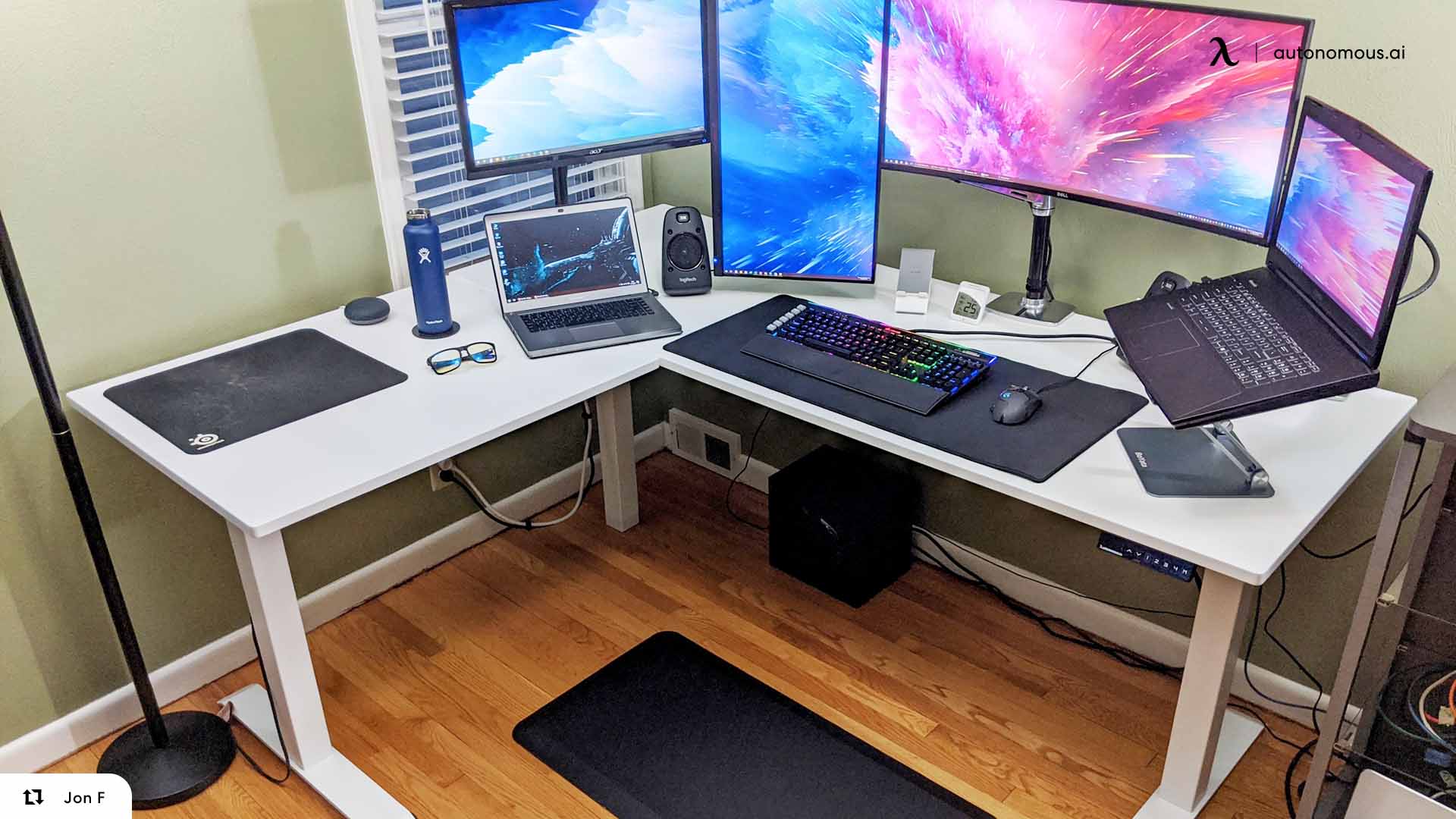
8 Best Gaming Laptops 2025 You’ll Actually Want
Gaming Setup | Sep 4, 2025 819 views
.webp)
Anthros Chair Review: Worth The $2K Ergonomic Price?
Latest Updates | Sep 3, 2025 669 views

.svg)

